Displaying items by tag: giants causeway
Surfing Monsters at the Giant Causeway - The Finn McCool Story
Our week began with the forecast of a huge swell hitting the North Coast of Ireland. It is usual that we travel through the night to meet the swell somewhere on the West Coast with great anticipation writes Conn Osborne. This time there was none of that, this time the swell was coming to meet us in our own backyard.
There had always been rumours of a wave, rumours as mythical as the tales of the Giants themselves at the Causeway. (SCROLL DOWN FOR PHOTOS!)
Al Mennie has been surfing most of his life, and big wave surfing for alot of that. Years ago he began a survey of our coast searching for potential big wave spots, educating himself through much observation and study on what exact conditions were required for each indivdual location.
The exact conditions this time were culminating on one of Ireland's most famous landmarks and tourist attractions, we felt privileged and knew that performing our best was the only option.
Monday drew to a close with phone calls between us gradually slowing down and firm plans having been shaped and finalised by Al who stood alone on the Causeway in the dark watching...and waiting...
Tuesday finally arrived, we each set out alone before dawn, with an aim to meet at first light - plenty of time then to organise equipment and get the tide right.
We have done this so many times before and have seen so many big waves but it was certainly different and very inspiring to view our own waters through refreshed eyes.
Equpiment was organised, set up and checked, the chosen boards were ritually waxed and choice of fins installed. The Riders, Al Mennie, Andrew Cotton, and Lyndon Wake protected from the bitterness by high tech wetsuits set down the slipway with their Jetski and "Sled" rigs into the icey waters of the Atlantic.
As we made our way over the the chop and over the swell we could see some white water entering the arena which is a bay that we knew would fill with white water and leave no safe exit from riding the large waves. (This was a spot that would prove to take all of our surfing knowledge and experience to surf.) We sat and prepaired with good grace 'n banter as we waited for those anticipated conditions to combine.
We could see spray fly off the back of swell as it rolled into the bay. The wind was picking up right.
Jetskis were powered up and we went in for a closer look to study how the wave was actually shaping up - the dynamics.
Swell increased in size and we could now really see the true challange of what we had set out to meet, for up until this moment, no one had witnessed swell of this size in position to surf.
Al Mennie Talks about his first experience..
"After watching the sets break and establishing some mark ups so we knew where we needed to sit in order to catch them, both Cotty and I jumped in and paddled to the peak. Every now and again the bay would close out with a set that would miss the main take off spot".
"Within 30 seconds, of paddling out, I got lucky and happened to be right under a big peak coming towards me. As I spun my 8'2" around to paddle into it I almost couldn't belive this was happening. Last week I was in La Vaca surfing in the contest and the week before I was surfing big La Santa point with Rob Small. Now, I'm paddling for a wave, just as big, two minutes from my house. I remember getting to my feet as it stood up and then going really fast down the face. As I kicked out I looked around me in disbelief. This big wave is breaking in one of the most beautiful natural arenas in the world and I've just ridden one. It was very satisfying. As I paddled back out for what became a four hour session Cotty went on his first elevator drop."
"The bay is very deep and holds a lot of water causing quite a lot of movement out there. There are rock boils everywhere and it would be very easy to fall and become a human pinball!"
Al Mennie's exploits, expeditions and endeavours can be read about in his book... Surfing Mennie Waves. Available online at www.almennie.com
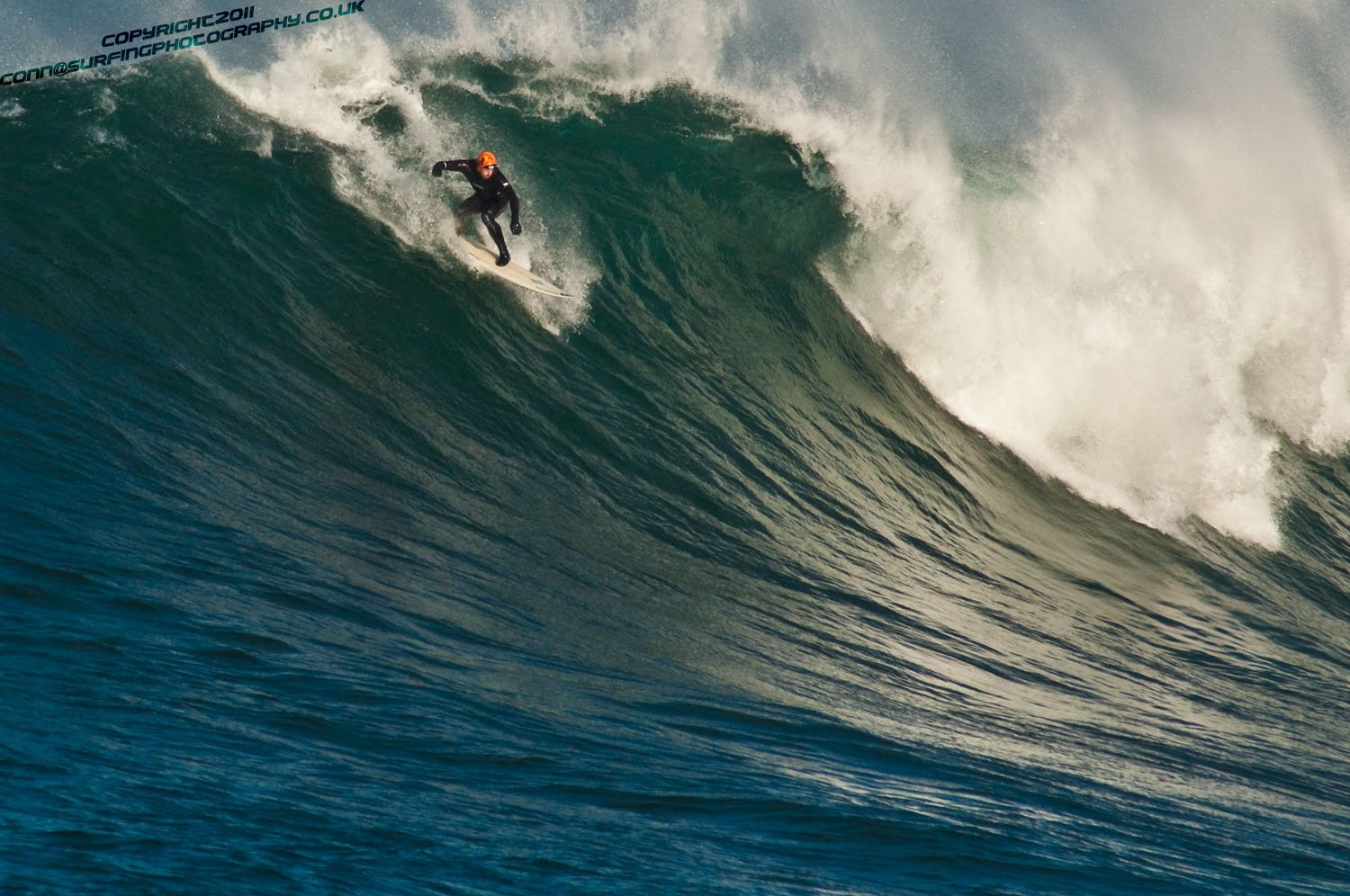
Irish Big Wave Rider Al Mennie going over the Edge @ Finn MacCools - Giants Causeway

The Team sit studying before commiting (Scale Setting)
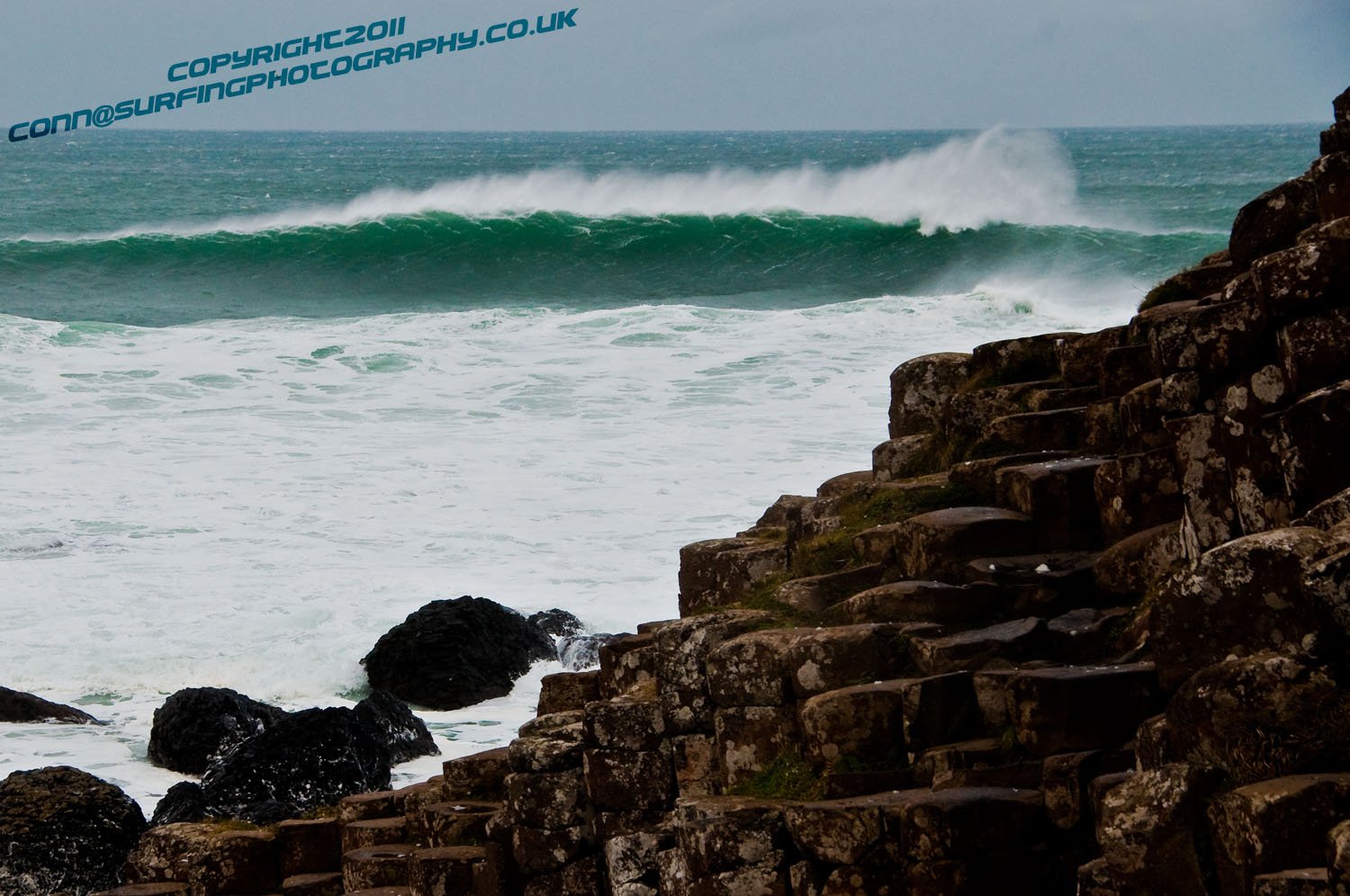
Early in the day before the real conditions meet, this is the wind starting to Rise

Al Mennie, Ireland's Big Wave Rider "Taking the Drop" and experiencing weightlessness

Al Mennie having a fun Tow In, the guys prefer to paddle into waves under their own steam, "Any wave worth surfing, is definitely worth earning"
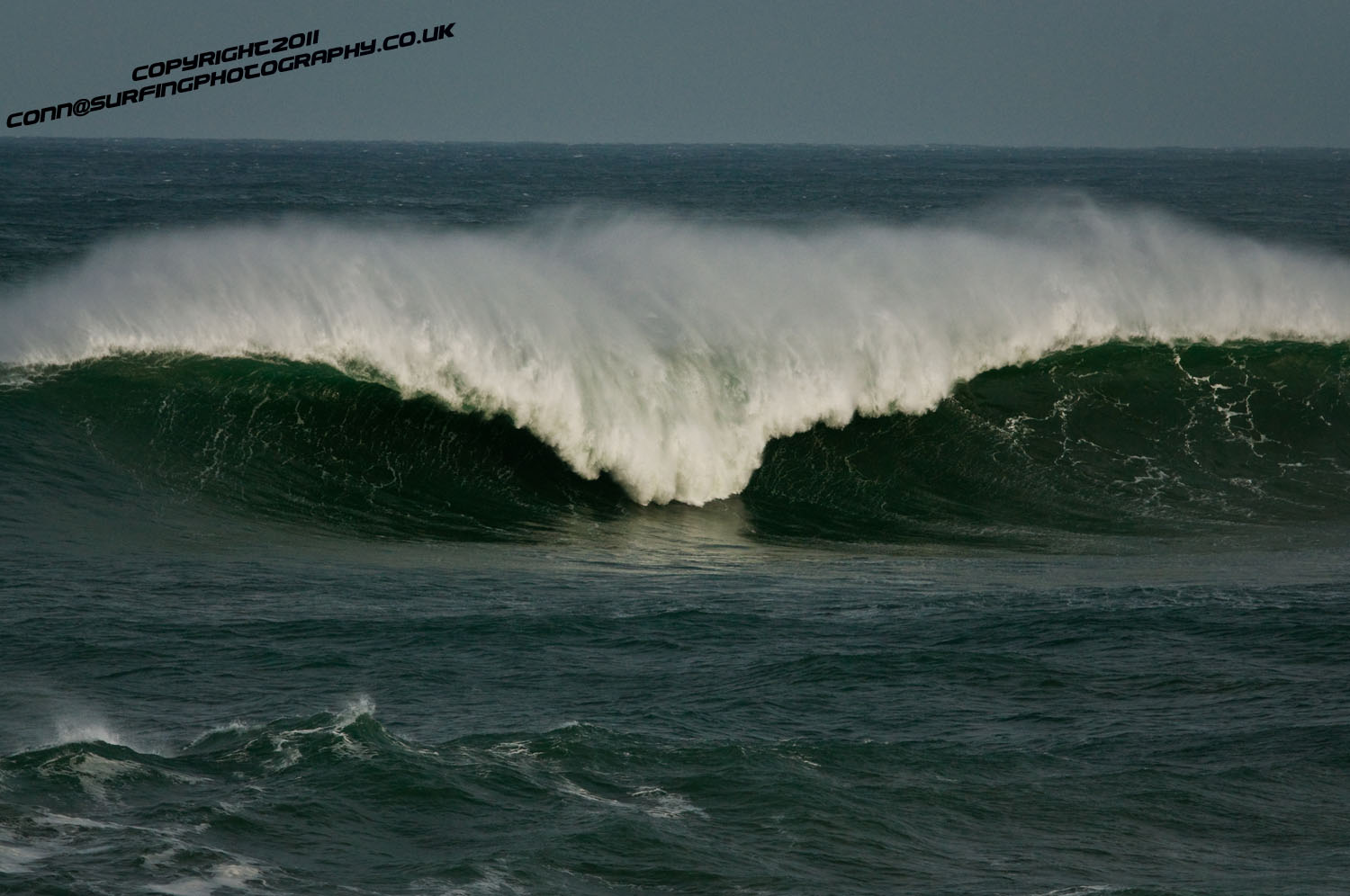
Favourable conditions.. This is what Finn MacCools looks like

The Giant's Causeway before the real Big swell hits
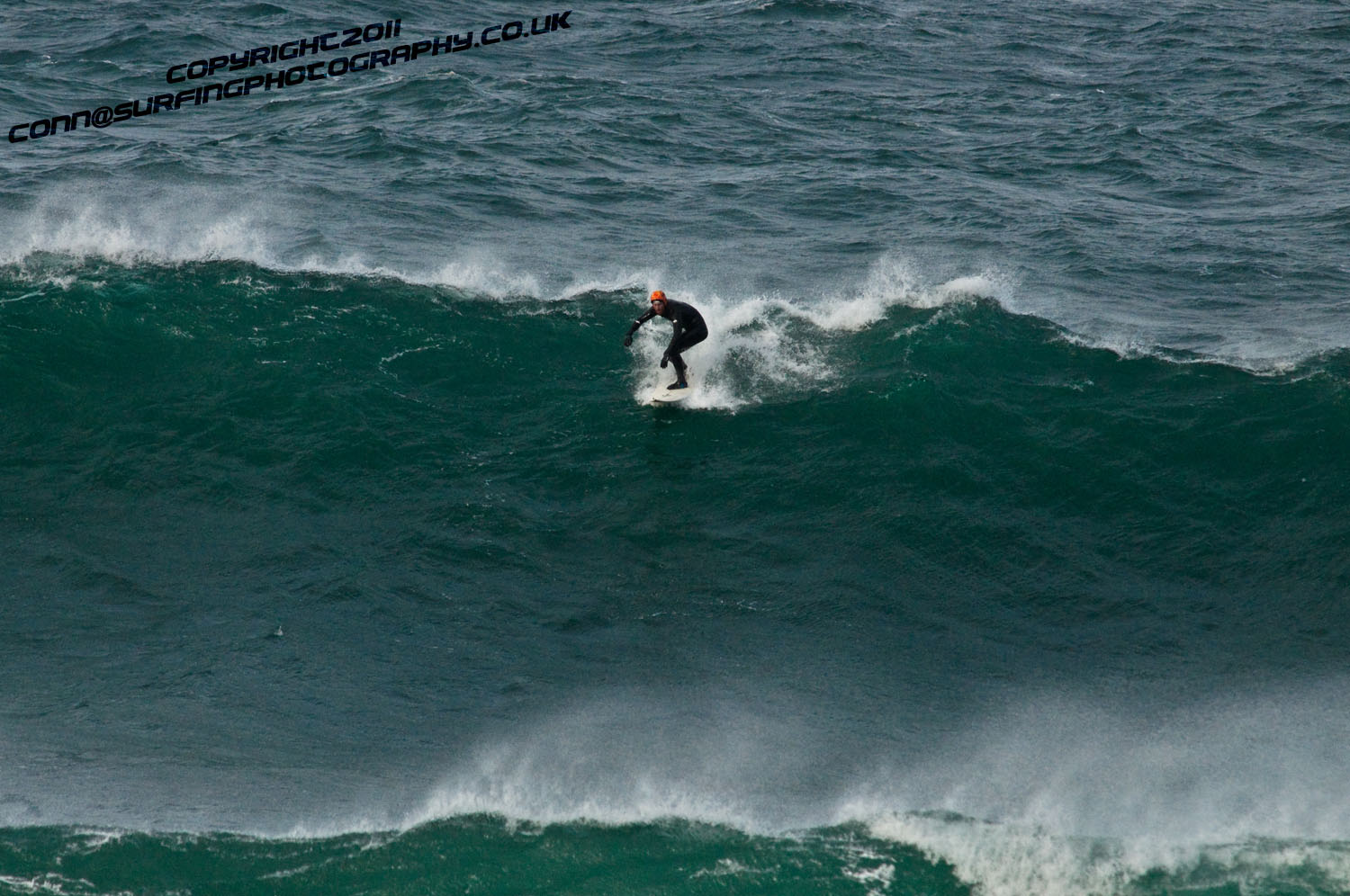
Al Mennie gets to his feet and anticipates the next 20 seconds
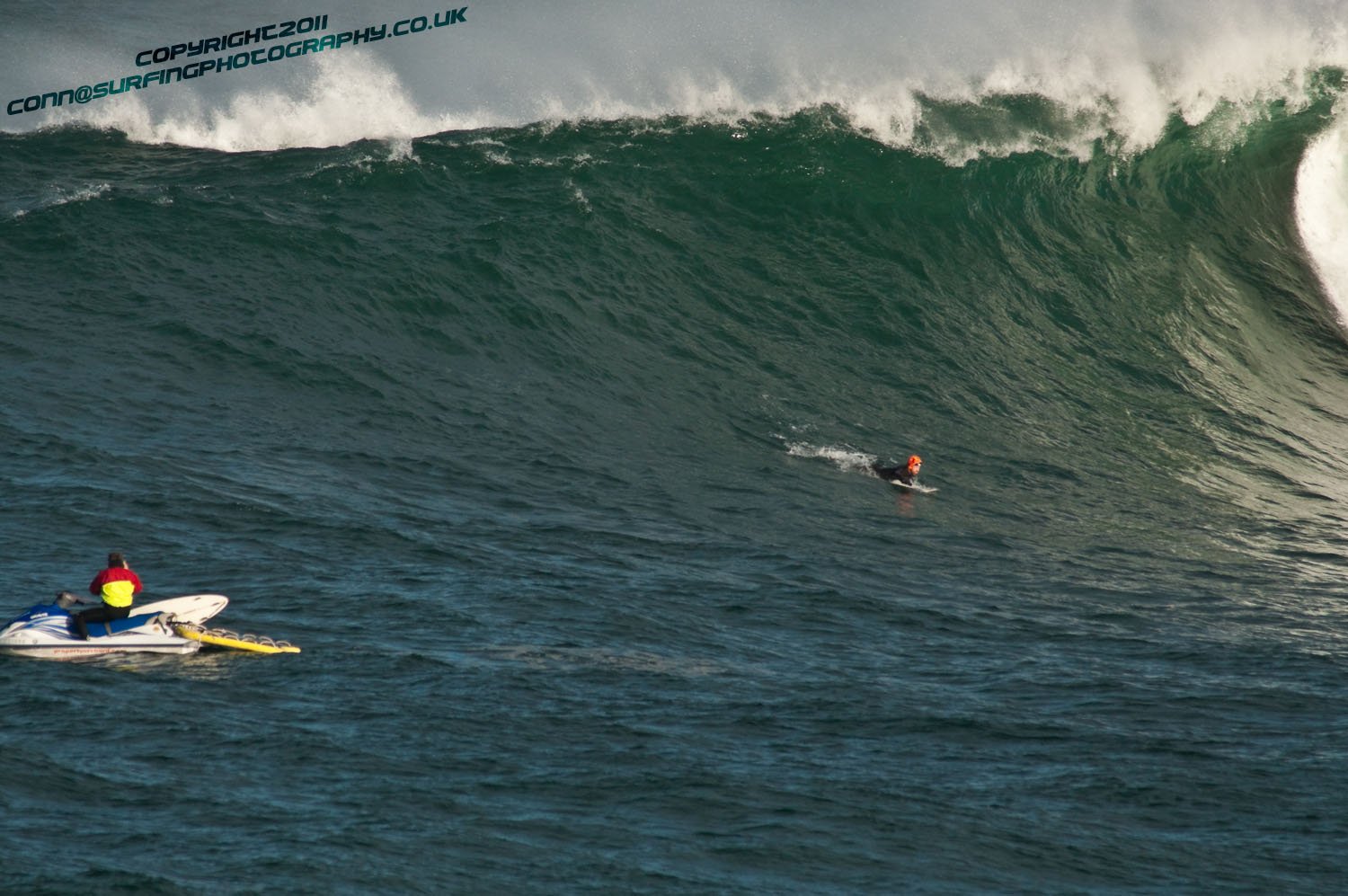
This is Al Mennie paddling to get up to speed so he can catch the Giant that is about to rare up to him
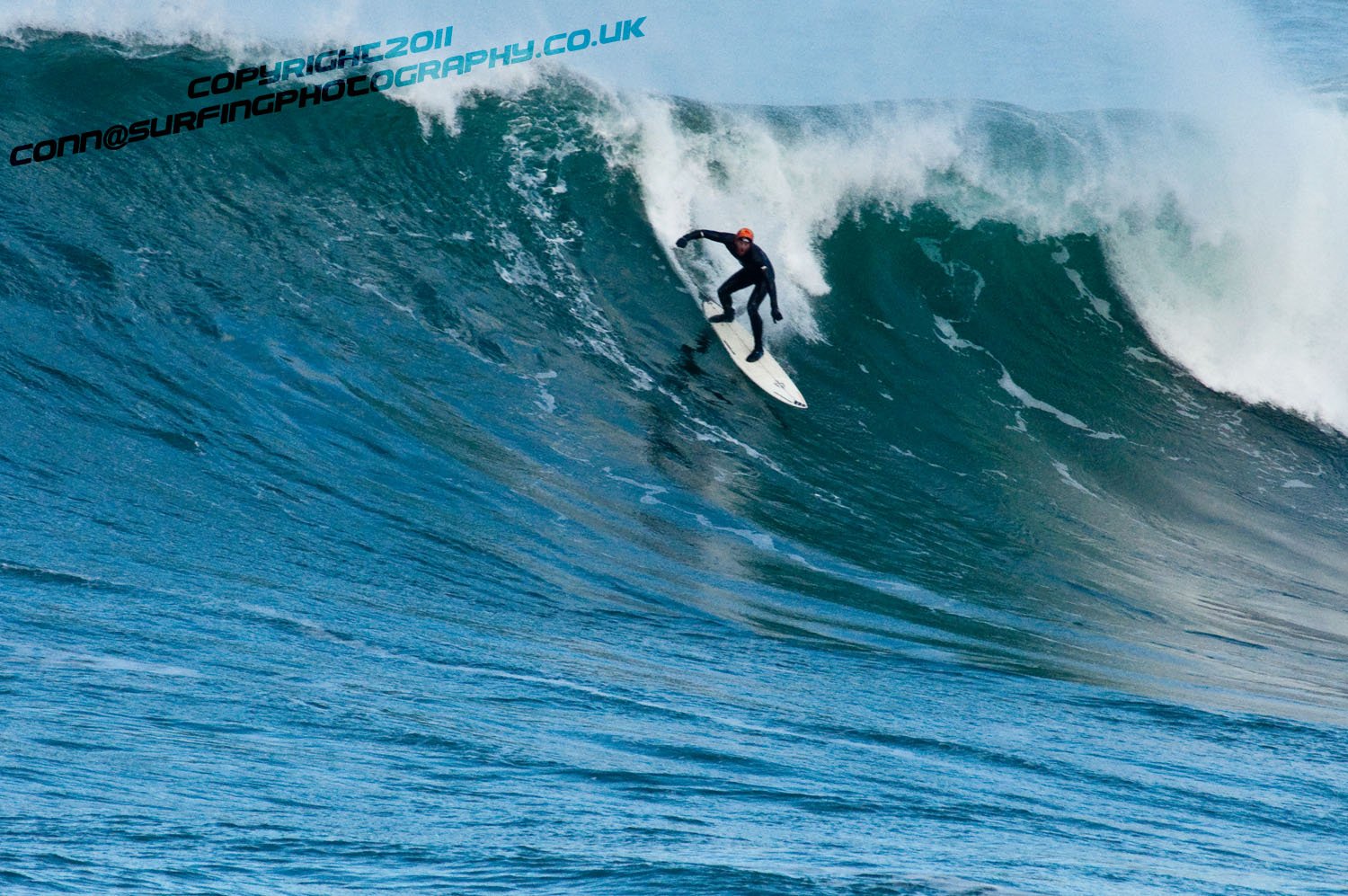
Al sets the Rail of the board as he makes the high speed descent down the face of this fast moving Giant
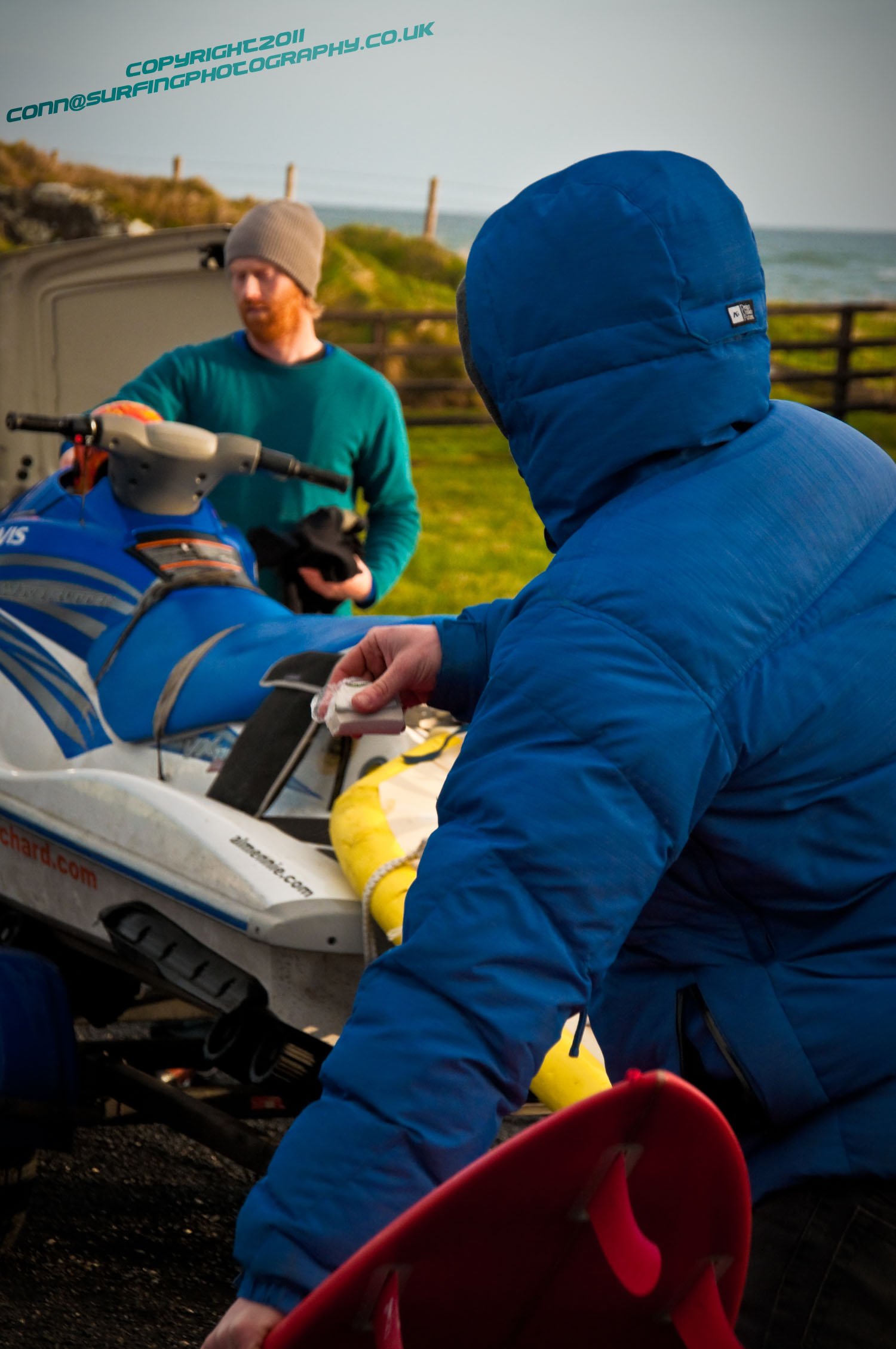
Irish Big Wave Rider, and Devonshire Big Wave Rider Andrew Cotton go over their equipment.. "to be able to actually put yourself in these potentialy dangerous situations and get out of them not only requires reliance on others, but also equipment"

Andrew Cotton makes it to the bottom of a Finn MacCool wave ready to turn in towards it and climb
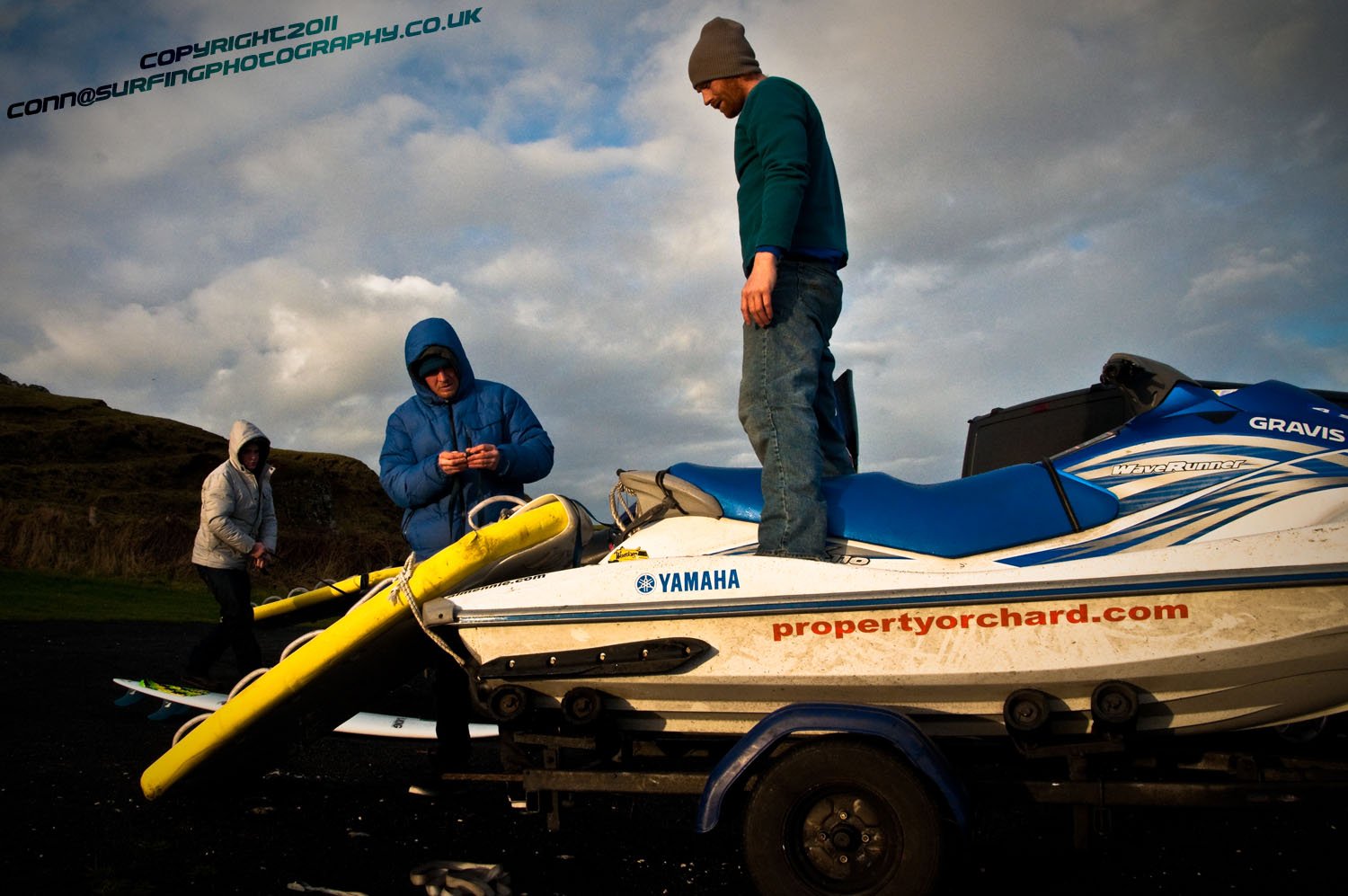
Young Devon Pro Surfer Lyndon Wake, Andrew Cotton, and Al Mennie attach their "Sleds" to their high powered jet skis, these enable a platform for a surfer in the water to swim, and hold onto so they can be evacuated from a hazardous situation in the least possible time

Early morning at the Harbour .. North Antrim.. Cold and deserted

Al Mennie and Lyndon Waxing their boards for traction

Andrew Cotton takes the drop at Finn MacCools and tries to force the nose of the board down against the wind that howls up the face of such sized waves
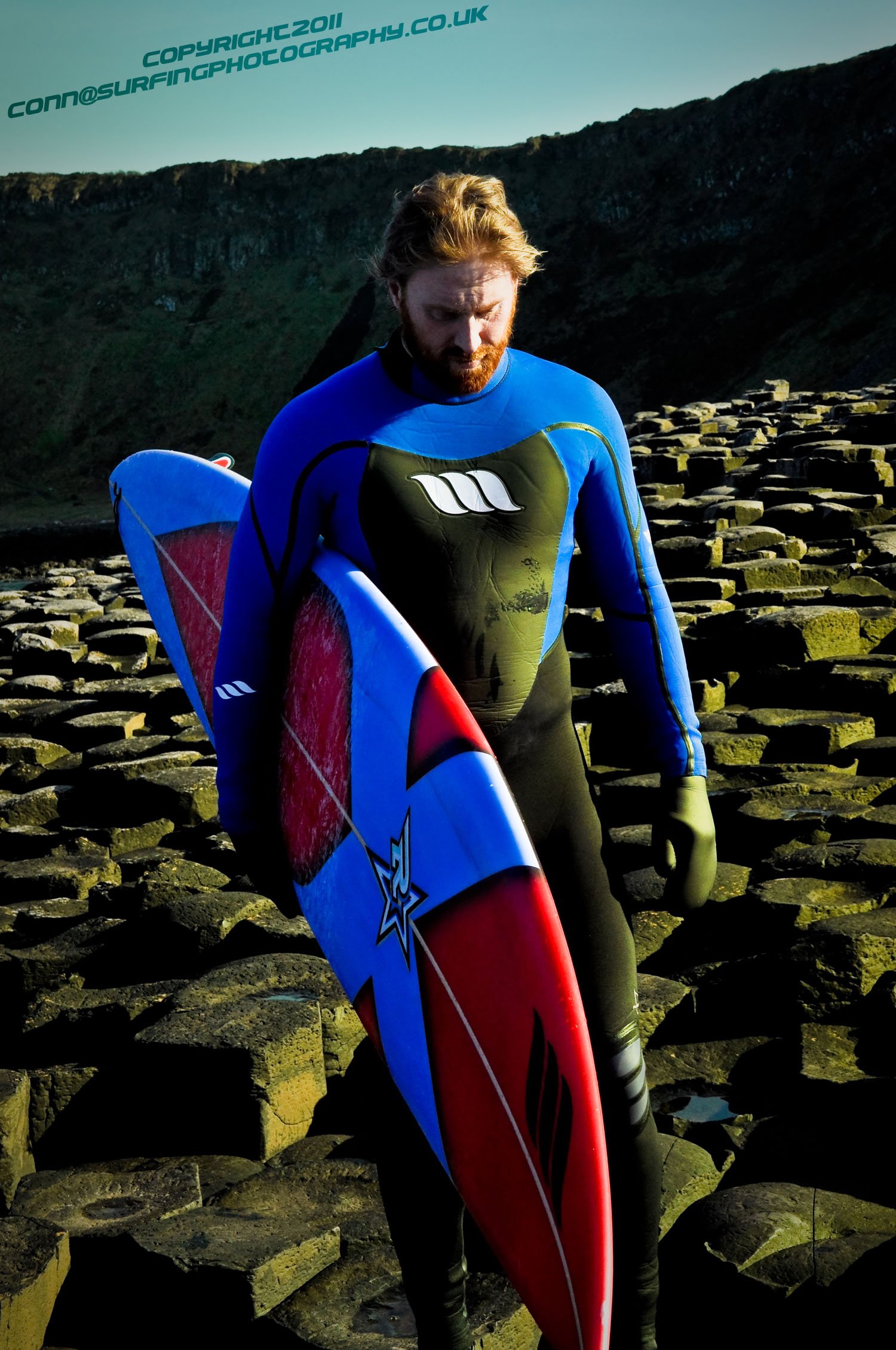
6ft 5' Al Mennie walks down the Causeway into the sea ready to paddle out and catch a giant
More from Conn Osborne on his website HERE





























































